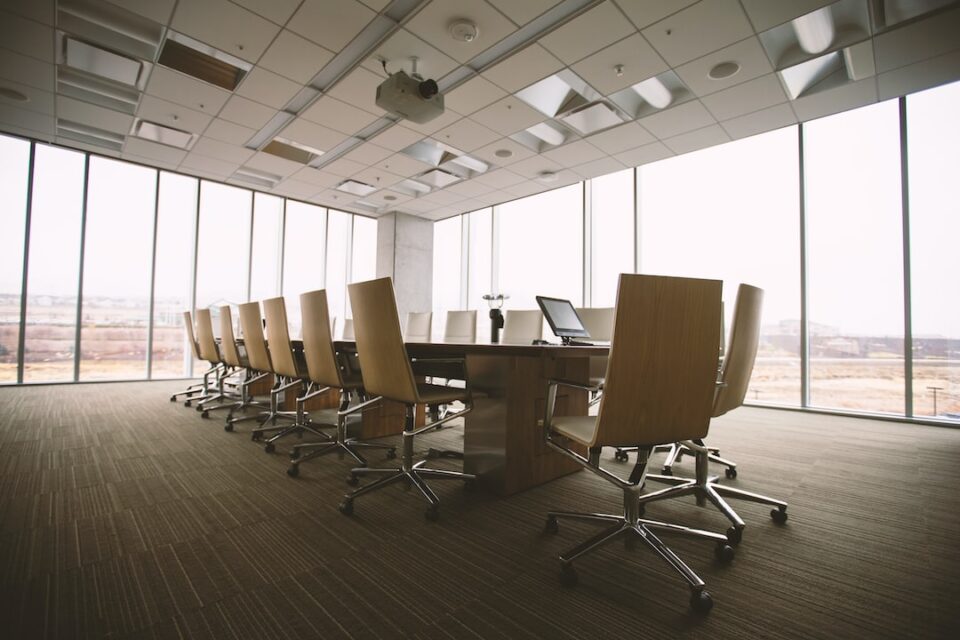Sustainable design refers to the practice of developing structures, systems, and products while considering the long-term impact of each product on the environment. Sustainable design is an approach to design and engineering that focuses on creating environmentally, socially, and economically sustainable products. This approach takes into account the impact of the product on the environment, the people who use it, and the society it serves.
The concept of sustainable design has gained significant attention in recent years due to the need to address climate change, resource depletion, and environmental degradation. Engineers and designers have taken notice of the significant impact of manufacturing and construction on the environment and have sought to create alternative methods of designing and building structures that minimize negative environmental implications.
With the threat of climate change looming over our world, there is immense pressure for engineers and designers to develop sustainable solutions to the world’s environmental issues. The construction industry is becoming increasingly aware of the need for eco-friendly materials and sustainable technologies that reduce the carbon footprint of a building. Sustainable design provides a practical approach to reducing the environmental impact of buildings and other products by incorporating life-cycle thinking, energy-efficient design, and recycled materials.
The use of green technologies during the construction process can reduce the environmental footprint of a building. For instance, building designs that incorporate natural lighting systems, wind turbines, and solar panels help reduce energy consumption and CO2 emissions. Other sustainable design features include the use of recycled materials like timber, rubber, and glass for construction purposes. Installing rainwater harvesting systems, improved water efficiency, and wastewater recycling systems can also help to reduce a building’s environmental impact.
A common misconception is that sustainable design is more expensive than traditional design practices. However, this is not always the case. While some sustainable materials may come at a higher cost, the long-term benefits of a sustainable building often outweigh the initial costs of construction. In many cases, green buildings have lower operating expenses due to reduced energy consumption, and the overall environmental and social benefits may make the additional costs worthwhile.
Sustainable design also considers the social context of a product or building- the impact it has on society in addition to the environment. The buildings that we occupy can influence our physical health, mental well-being, and overall quality of life. Sustainable design practices can improve the health and wellbeing of the users, making the building more hygienic, less polluted, and richer in natural light and air circulation.
In conclusion, sustainable design is a crucial aspect of engineering that helps us build a better, healthier, and more ecologically responsible world. Sustainable design practices help to reduce the carbon footprint of buildings and minimize environmental degradation, while also taking into account the social and economic impact of products on the wider community. It is the duty of the engineering and design community to embrace sustainable design principles and work towards creating environmentally, socially, and economically sustainable products. Through innovation and collaboration, we can create a better world for ourselves and future generations to come.

